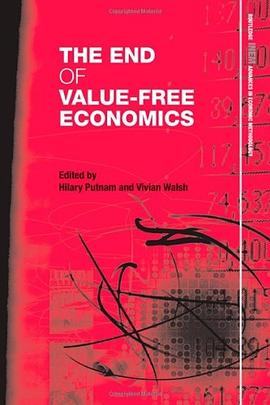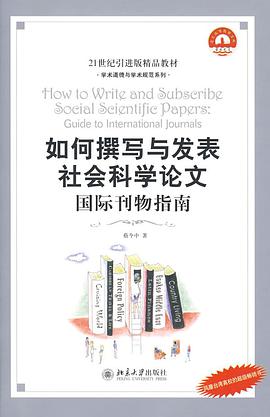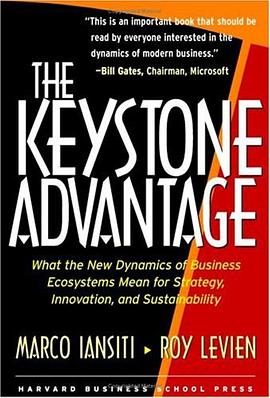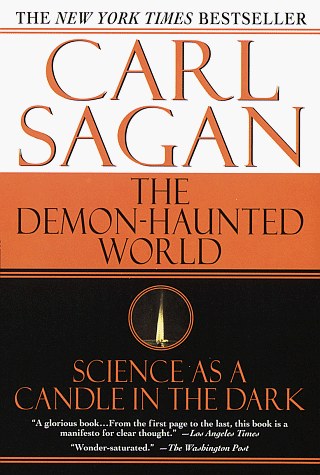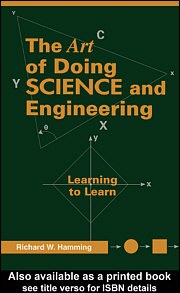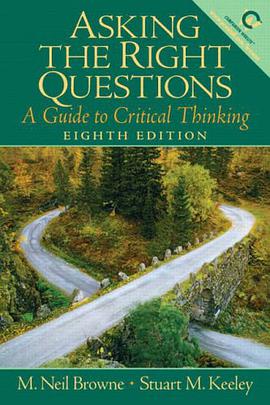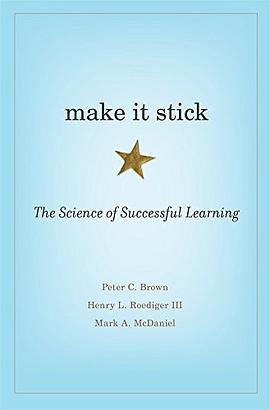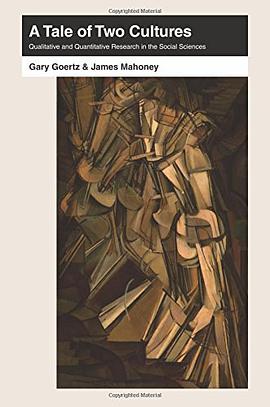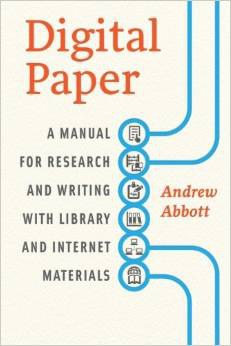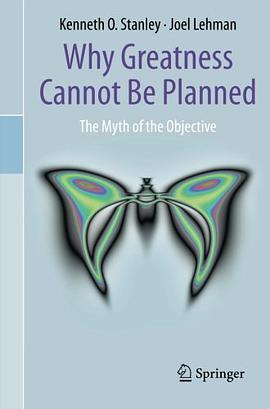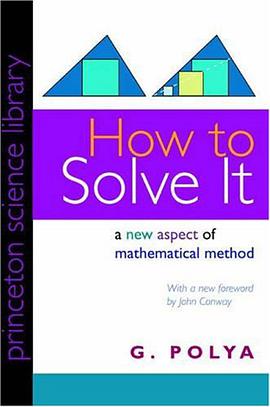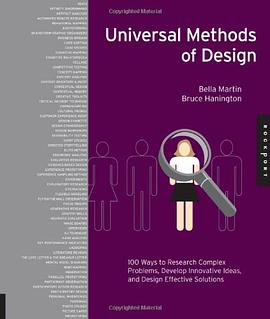"Universal Methods of Design is an immensely useful survey of research and design methods used by today's top practitioners, and will serve as a crucial reference for any designer grappling with really big problems. This book has a place on every designer's bookshelf, including yours!" —David Sherwin, Principal Designer at frog and author of Creative Workshop: 80 Challenges to Sharpen Your Design Skills
"Universal Methods of Design is a landmark method book for the field of design. This tidy text compiles and summarizes 100 of the most widely applicable and effective methods of design—research, analysis, and ideation—the methods that every graduate of a design program should know, and every professional designer should employ. Methods are concisely presented, accompanied by information about the origin of the technique, key research supporting the method, and visual examples. Want to know about Card Sorting, or the Elito Method? What about Think-Aloud Protocols? This book has them all and more in readily digestible form. The authors have taken away our excuse for not using the right method for the job, and in so doing have elevated its readers and the field of design. UMOD is an essential resource for designers of all levels and specializations, and should be one of the go-to reference tools found in every designer’s toolbox." —William Lidwell, author of Universal Principles of Design, Lecturer of Industrial Design, University of Houston
This comprehensive reference provides a thorough and critical presentation of 100 research methods, synthesis/analysis techniques, and research deliverables for human centered design, delivered in a concise and accessible format perfect for designers, educators, and students. Whether research is already an integral part of a practice or curriculum, or whether it has been unfortunately avoided due to perceived limitations of time, knowledge, or resources, Universal Methods of Design serves as an invaluable compendium of methods that can be easily referenced and utilized by cross-disciplinary teams in nearly any design project.
This essential guide:
- Dismantles the myth that user research methods are complicated, expensive, and time-consuming
- Creates a shared meaning for cross-disciplinary design teams
- Illustrates methods with compelling visualizations and case studies
- Characterizes each method at a glance
- Indicates when methods are best employed to help prioritize appropriate design research strategies
Universal Methods of Design distills each method down to its most powerful essence, in a format that will help design teams select and implement the most credible research methods best suited to their design culture within the constraints of their projects.
